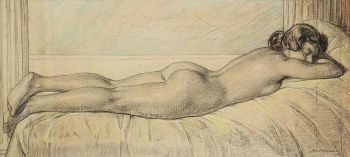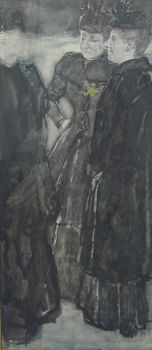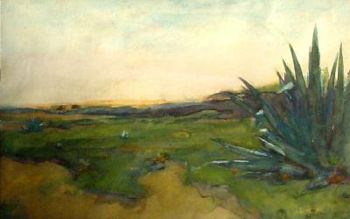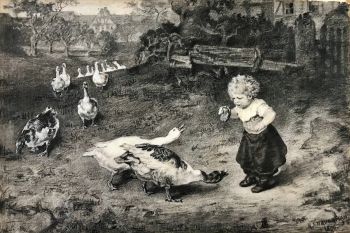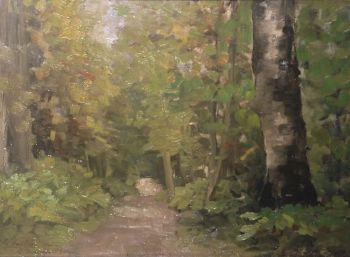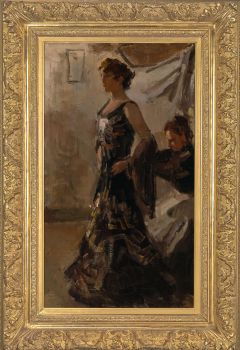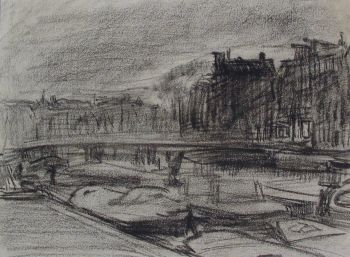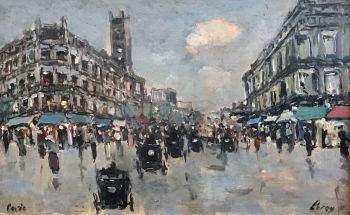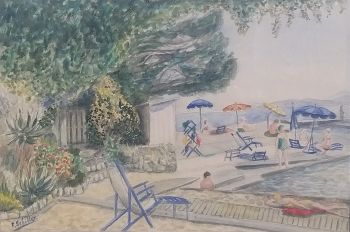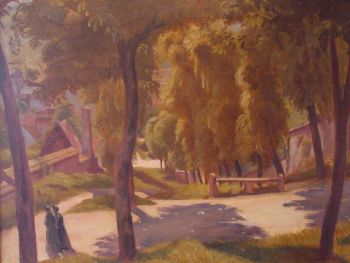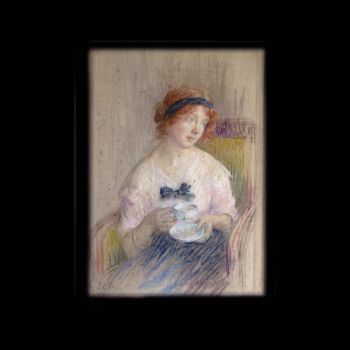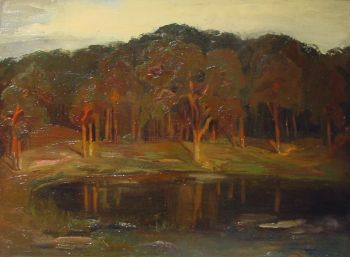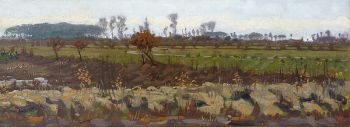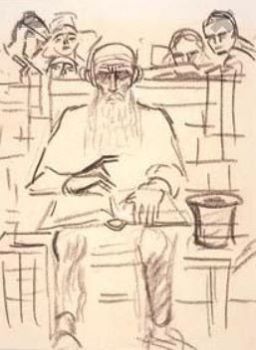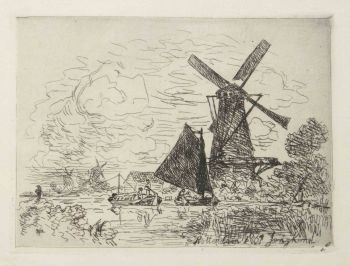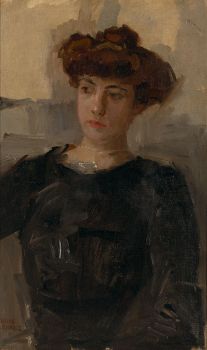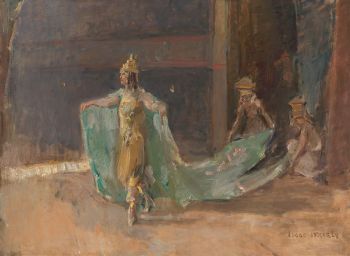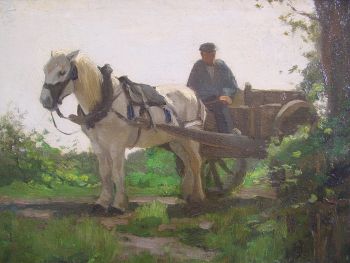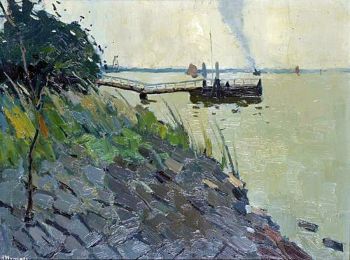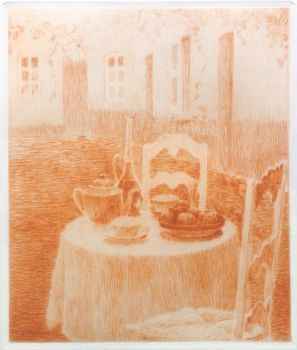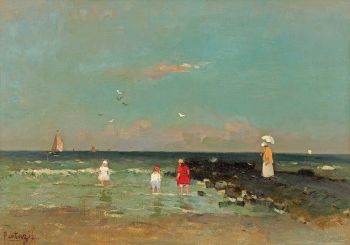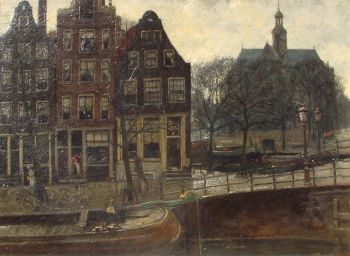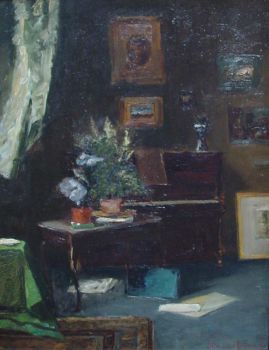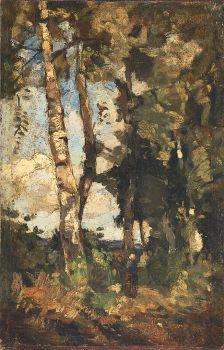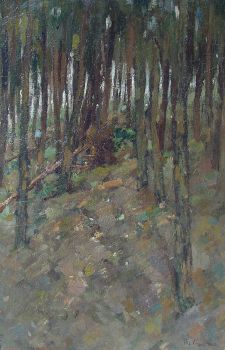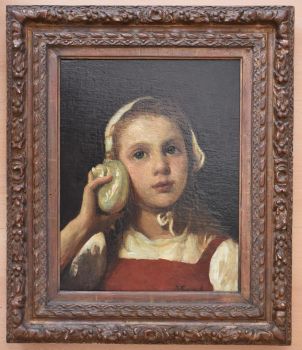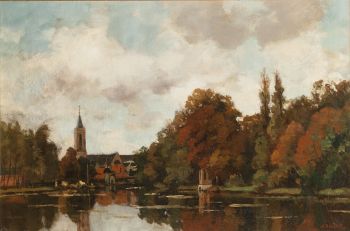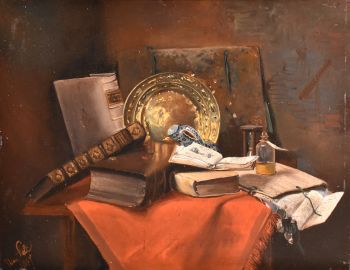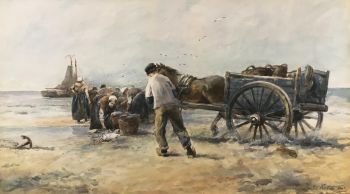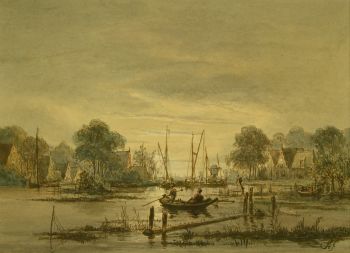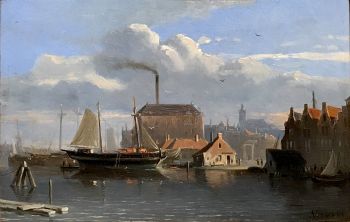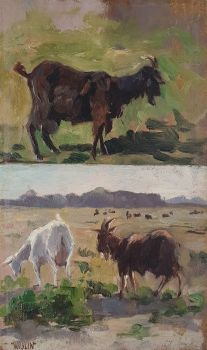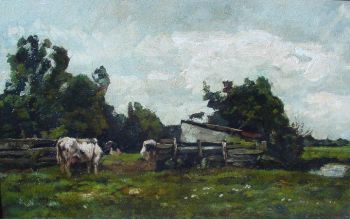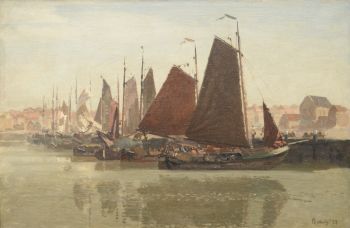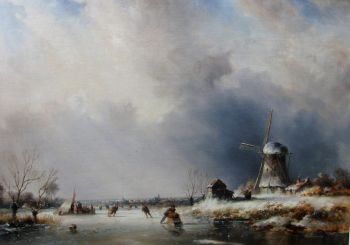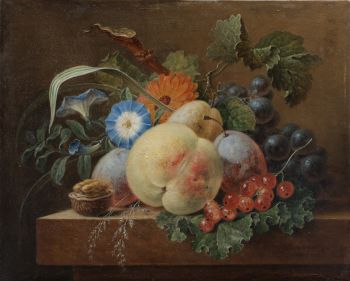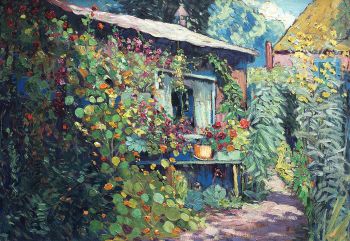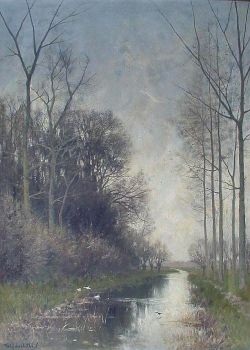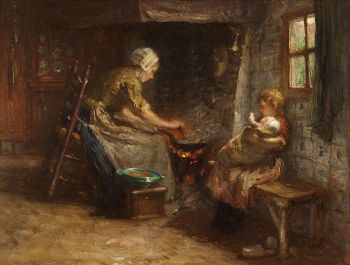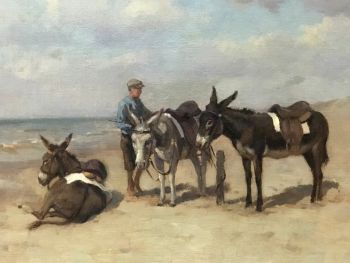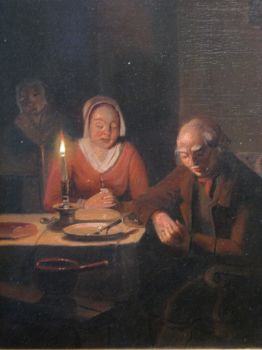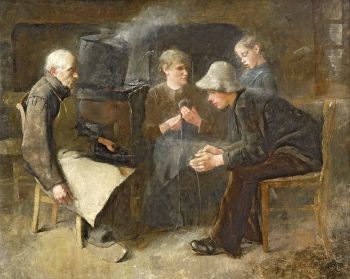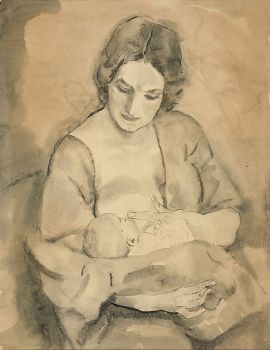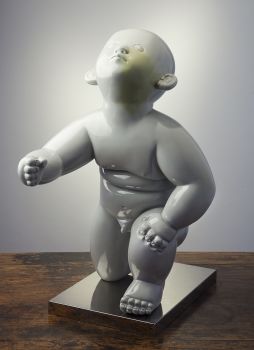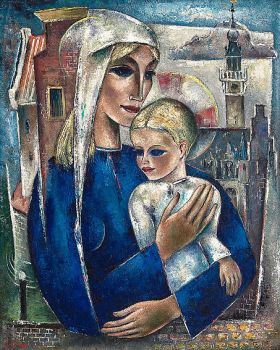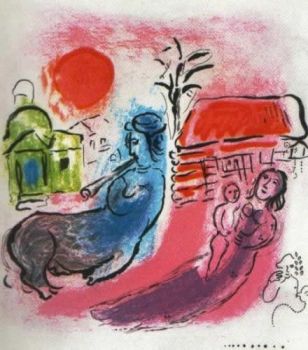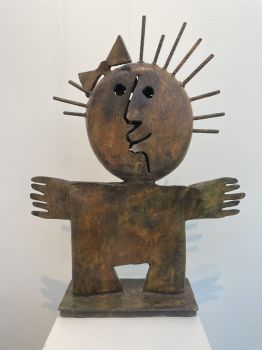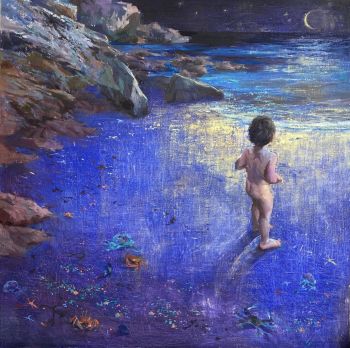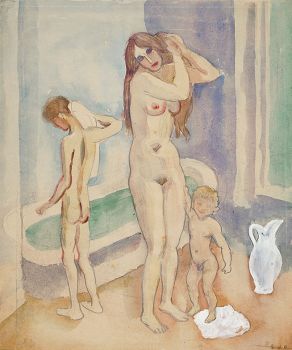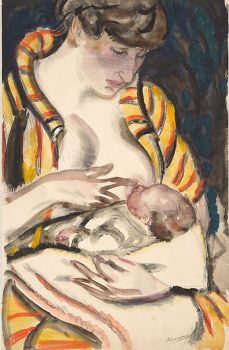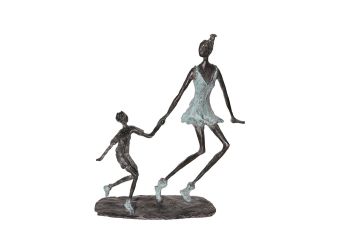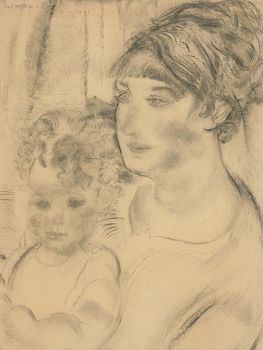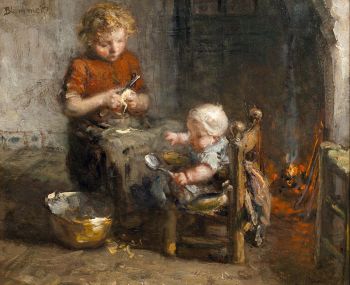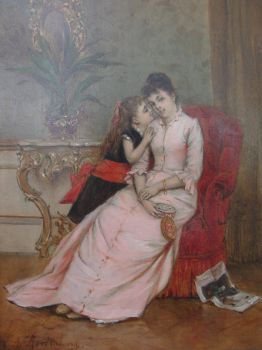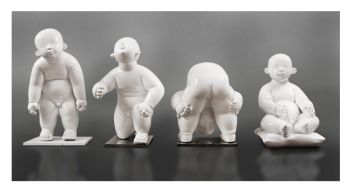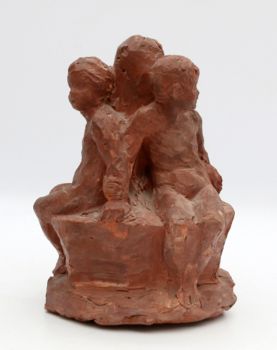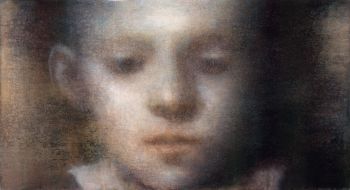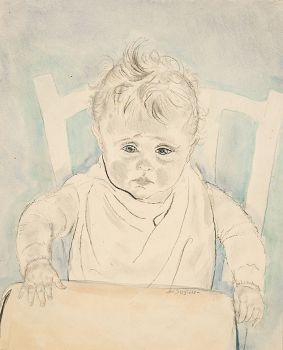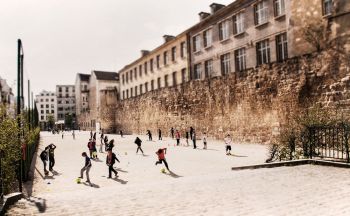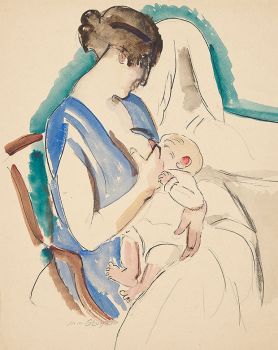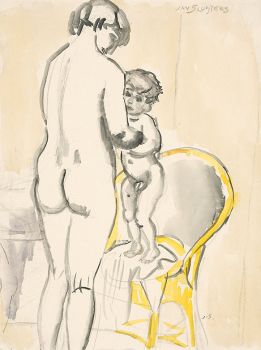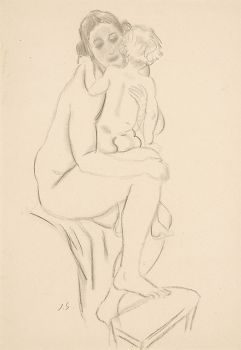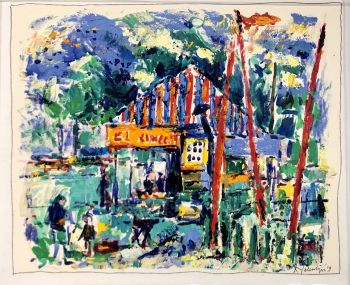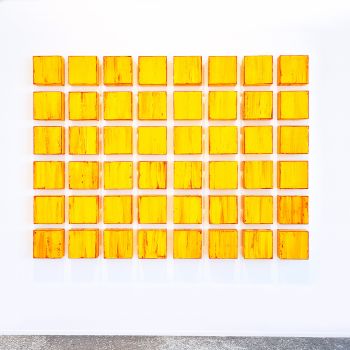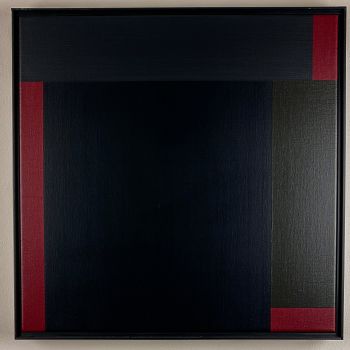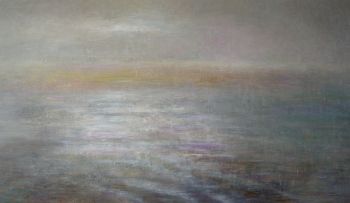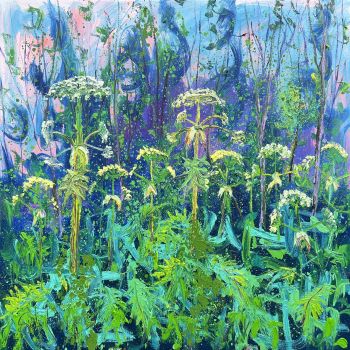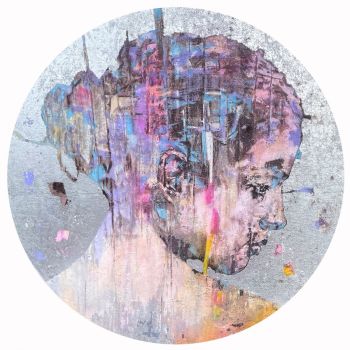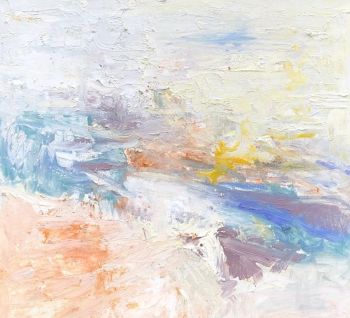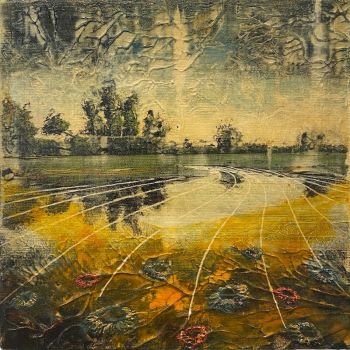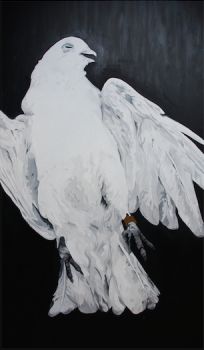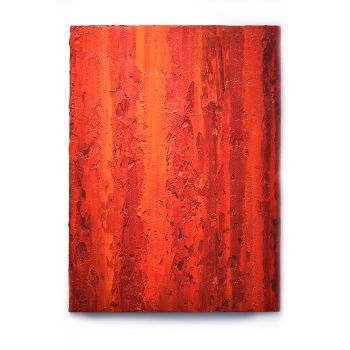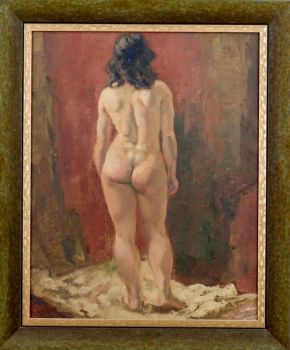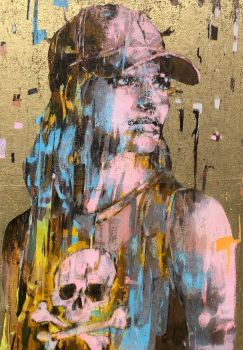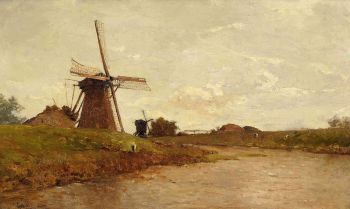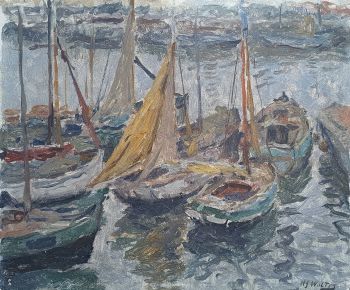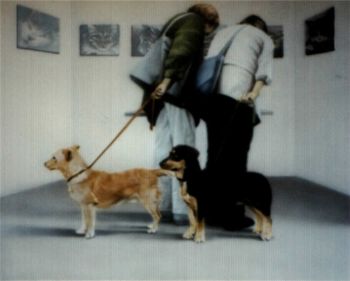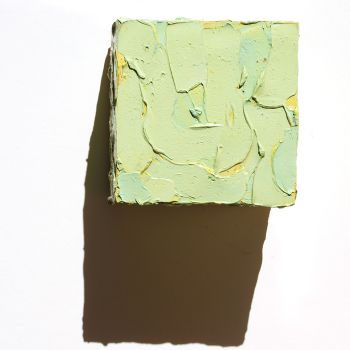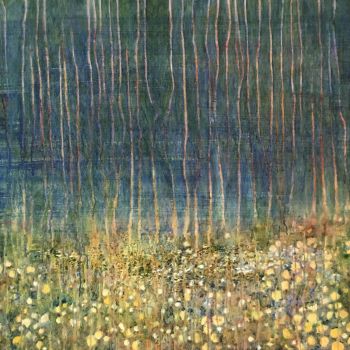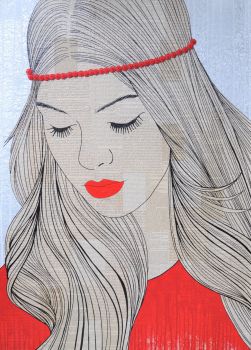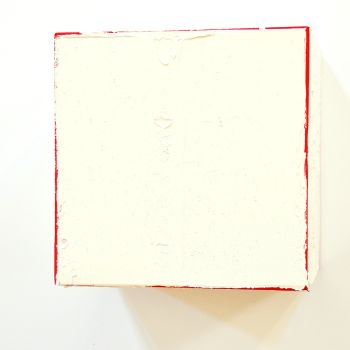Mother and child 1860
Hendrik J. Haverman
Pittura a olioDipingere
55 ⨯ 40 cm
ConditionExcellent
Attualmente non disponibile tramite Gallerease
- A proposito di opere d'arteHendrik Jan Haverman (1857-1928) belonged to the group of Dutch artists known as the' Tachtigers', meaning the 'Eighties', because these artists started their careers around the eighties of the nineteenth century. They were also called the 'Impressionists of Amsterdam'. Together with his collegues Jan Toorop, George Breitner and Isaac Israels Hendrik Haverman was one of the leading figures of this movement.
Oil on canvas, signed. Label at the backside ‘Stedelijk Museum Amsterdam’.
The painting was bought in 1907 by the Vereeniging tot het vormen van een Openbare Verzameling van Hedendaagsche Kunst te Amsterdam’ (Association to form a Public Collection of Contemporary Art in Amsterdam) from the auction of the Fine Arts Academy Fund, created in memory of (professor) August Allebé.
As the Association did not have a storage space (but a good relation with the Stedelijk Museum), the work has been stored in the museum depot for many years. But at a certain time the Association decided to dispose the work again, which resulted in selling this painting at the auctionhouse of Frederik Muller in April 1956. - A proposito di opere artista
Hendrik Johannes Haverman (23 ottobre 1857, Amsterdam - 11 agosto 1928, L'Aia) è stato un artista olandese; noto principalmente per i suoi ritratti.
Ha studiato alla Rijksakademie van beeldende kunsten di Amsterdam e alle accademie d'arte di Anversa e Bruxelles.
Tra quelli con cui studiò c'erano August Allebé e Hendrik Valkenburg (1826-1896). A sua volta, diede lezioni private a Edmée Broers (1876-1955), Meta Cohen Gosschalk, Maria Adeline Alice Schweistal (1864-1950) e Pauline Suij; in un momento in cui le donne non erano ammesse alla Rijksakademie.
Nel 1892 gli fu conferito un sussidio reale per sostenere il suo lavoro. L'edizione del 1901 di Camera Obscura, di Nicolaas Beets, contiene un ritratto dell'autore di Haverman.
Fu anche critico d'arte e scrisse numerosi articoli per De Gids, la più antica rivista letteraria olandese.
Nel 1918, ci fu una grande retrospettiva delle sue opere al Pulchri Studio a L'Aia. La prima mostra delle sue opere dopo la sua morte ha avuto luogo nel 2008 presso Pygmalion Visual Arts a Maarssen.
Artwork details
Related artworks
- 1 - 4 / 6
Isaac Israels
"Een essayeuse bij het modehuis Hirsch"1865 - 1934
Prezzo su richiestaStudio 2000 Art Gallery
H.J. van der Weele
Horse and carriage in landscape1850 - 1900
Prezzo su richiestaKunsthandel Pygmalion
Raoul Hynckes
Riverview with scaffolding (near Kinderdijk, the Netherlands)1913 - 1924
Prezzo su richiestaKunsthandel Pygmalion
Dirk Johannes van Haaren
Brouwersgracht in Amsterdam (near Noordermarkt)1904
Prezzo su richiestaKunsthandel Pygmalion
Carel Nicolaas Storm van 's Gravesande
My studio in Bruxelles1841 - 1924
Prezzo su richiestaKunsthandel Pygmalion
1 - 4 / 24Hubert Vos
Ritratto di un punjabi nell'India britannica1898
Prezzo su richiestaZebregs & Röell - Fine Art - Antiques
Carel Nicolaas Storm van 's Gravesande
My studio in Bruxelles1841 - 1924
Prezzo su richiestaKunsthandel Pygmalion
Fredericus Jacobus van Rossum du Chattel
Poldervaart in the Vecht river region1899 - 1901
Prezzo su richiestaKunsthandel Pygmalion
Bernardus Johannes Blommers
Het bereiden van de maaltijd1870 - 1914
Prezzo su richiestaStudio 2000 Art Gallery
1 - 4 / 24 A cura di
A cura diGallerease Magazine
Jan Sluijters
Mother with two children in bathroom1900 - 1950
Prezzo su richiestaStudio 2000 Art Gallery
Bernardus Johannes Blommers
Het bereiden van de maaltijd1870 - 1914
Prezzo su richiestaStudio 2000 Art Gallery
Jan Sluijters
Greet met Jantje, Moeder met kind, naakt op een stoel staand1900 - 1940
Prezzo su richiestaStudio 2000 Art Gallery
1 - 4 / 24Dirk Johannes van Haaren
Brouwersgracht in Amsterdam (near Noordermarkt)1904
Prezzo su richiestaKunsthandel Pygmalion
 A cura di
A cura diDanny Bree
1 - 4 / 24


